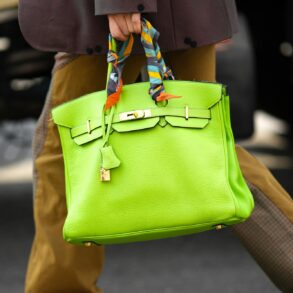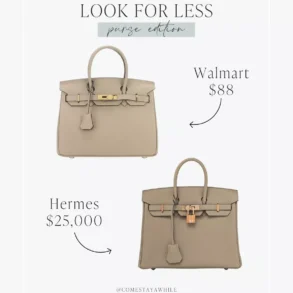It’s a race to the bottom at this end, fuelled by the likes of Temu and Shein, retailers for whom the phrase “fast fashion” is an understatement. Instead of raising prices, these companies raise volume and sell, sell, sell. Looking around at the Black Friday sales this year, which started well before the end of November (as is traditional), it seems like everyone not at the top end of town was desperate to move stock.
Neither of these approaches is good for fashion. At the high end of the market, driving prices further upwards will eventually turn away potential customers and even those who might aspire to be customers someday. It means that luxury will be out of reach for most people; it will cater only to the very, very top clientele.
It won’t mean the appetite for luxury will decrease in other segments of the market, of course – they’ll just look for it elsewhere (like the counterfeit market). And at the bottom end, where prices are in the single digits (there’s a pair of socks on Temu for $1.18), fashion has become so inexpensive that it is seen as disposable, a single-use item like a takeaway coffee cup.
Luxury houses will tell you their prices are justified because the products are handmade, they are made with rare and precious materials, and they are the result of meticulous design and artisan craftsmanship. That may all very well be true, and as someone who regularly handles these items in showrooms and studios, I can attest that in most cases, it is.
But in others, the simple act of upping the price gives the impression that something is more valuable than it really is. The bubble will only burst when consumers start turning their backs and closing their wallets. Right now, it’s stretching pretty thin.
This post was originally published on this site be sure to check out more of their content.








